The European Parliament adopted the EU Corporate Sustainability Reporting Directive (CSRD) at the end of 2022. Numerous companies – capital market-oriented companies, but also many SMEs – will be legally obliged to publish information on the social and ecological impact of their actions (“Environmental, Social, Governance”, or ESG for short) by the beginning of 2025 at the latest and to report on this in accordance with a clearly defined set of criteria. This also creates internal transparency, which in turn provides important impetus and valuable insights into optimization potential, for example how cost savings can be achieved in a corporate network. It is already becoming clear that those who ignore this reporting obligation or do not comply with it adequately will face severe penalties.
The key question is therefore how transparent reporting can be efficiently mapped with IT support and how digitalization and process automation can help to bundle all the necessary data from different sources and make it available in a clear dashboard. In this context, our IT experts explain which three building blocks are essential for successful ESG reporting.



